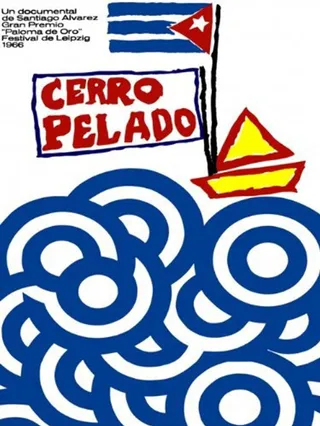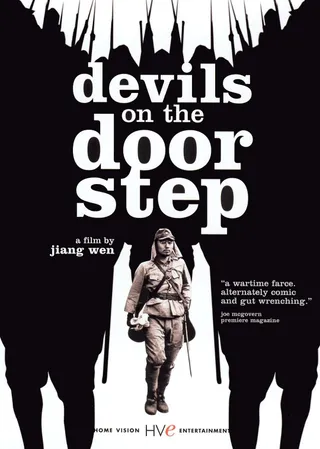佩拉多山
Cerro Pelado (1966)
电影
古巴
Cuba
西班牙语
纪录片
短片
The film takes as its title the name of the boat that carried the Cuban sports team to the 10th Central American and Caribbean Games, which in 1966 were held in San Juan, Puerto Rico, where the United..
查看全部
The film takes as its title the name of the boat that carried the Cuban sports team to the 10th Central American and Caribbean Games, which in 1966 were held in San Juan, Puerto Rico, where the United States attempted to prevent Cuban participation. By now, Alvarez has developed the principal characteristics of his style. The film is constructed in the form of a chronological visual narration of the sequence of events, with minimal verbal commentary, interspersed with sections using montage and captions to expound the political background to the central events. Music is used in place of commentary to narrate the film.
导演:Santiago Álvarez
编剧:
主演:












